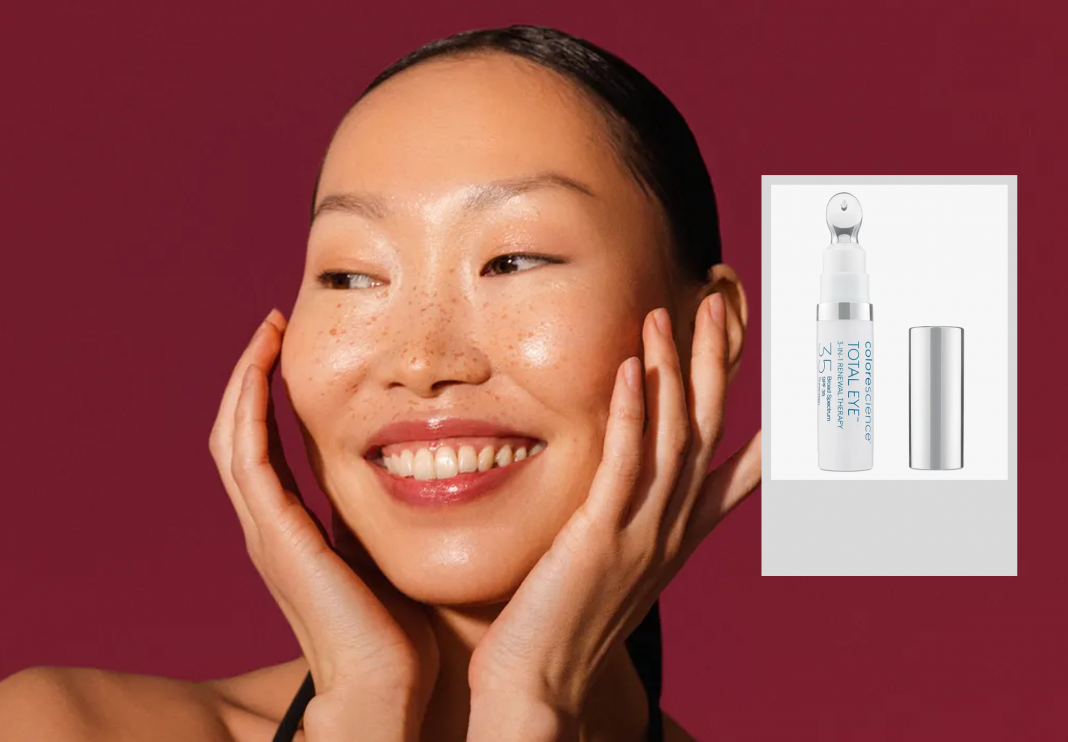In 2025, skin care is getting smarter, simpler, and significantly more science-driven. The days of 10-step routines may be behind us, but that doesn’t mean innovation is slowing down. In fact, it’s accelerating—shaped by clinical research, emerging technologies, and even a little controversy. From barrier-boosting creams and salmon-sperm serums to multitasking sunscreens and body-care face-lifts, the year ahead promises to redefine how—and what—we apply to our skin.
Less is more: The rise of skincare minimalism
Forget the sprawling vanity full of toners, essences, and serums. The biggest shift in 2025 is toward streamlined routines built around multitasking power players. “There’s been a real move toward minimalist routines that involve fewer products but offer the same or better results,” says Dr. Morgan Rabach, a board-certified dermatologist based in New York City.
This philosophy is echoed across the industry. Beth Labrecque, principal scientist at Unilever Beauty & Wellbeing, notes that consumers are gravitating toward high-performance, multifunctional products. “People want more value and efficiency in their skin care,” she says. Dermatologists point to issues like irritation, sensitivity, and barrier damage caused by using too many actives—a trend that was all too common in the age of TikTok-influenced routines.
The takeaway? In 2025, simplicity isn’t just practical—it’s potent. Think SPF-tinted eye creams that hydrate, conceal, and protect; or moisturizers that double as masks or primers. These hybrid formulas don’t just reduce clutter—they streamline results.
Sunscreen gets a glow-up
Sunscreen isn’t just a health essential—it’s officially sexy. Thanks to texture innovations and cosmetic elegance, SPF is finally winning over even the most reluctant users. “We’re seeing a shift toward sunscreens that feel and look like luxurious skincare,” says Dr. Mona Gohara, a dermatologist based in Connecticut.
Expect to see more lightweight sunscreen serums, velvety fluids, and even color-correcting SPF drops on shelves. Cosmetic chemist Ava Perkins highlights that brands are now blending sunscreen with other skincare steps—think serums, moisturizers, and tints—to make them easier to wear every day. Meanwhile, companies like Supergoop and Fenty Skin are expanding their tinted offerings to be more inclusive across skin tones.
It’s a sunscreen renaissance—and it’s making daily protection feel more like indulgence than obligation.
The “faceification” of body care
Body care is no longer an afterthought. In 2025, it’s catching up to the face in both sophistication and ingredient innovation. “We’re seeing more advanced formulations targeting skin tone, texture, and hydration for the body,” says Dr. Marisa Garshick, a New York-based dermatologist. This trend—dubbed the “faceification” of body care—is one of Unilever’s top development priorities this year.
New body products feature ingredients once reserved for the face: retinoids, AHAs, peptides, and niacinamide. Brands like The Ordinary and Dove are leading the charge, launching products like salicylic acid body serums and prebiotic body creams. Skinbetter’s AlphaRet Body Overnight Cream, for instance, uses a blend of retinoid and exfoliating acids to refine rough, dry skin. “Body care is finally getting the attention it deserves,” says Dr. Gohara. “It makes sense—most of our skin is below the neck.”
Exosomes and the frontier of skincell communication
If there’s one ingredient likely to stir up excitement and debate this year, it’s exosomes. These nano-sized messengers—naturally secreted by cells—have been touted for their regenerative abilities, particularly in skin repair. But the science is still murky.
“There’s potential, but we’re far from definitive proof,” says Dr. Daniel Friedmann, a dermatologist in Austin. While exosome-based facials are popping up in clinics, over-the-counter products remain controversial due to regulatory concerns and unclear sourcing—some are derived from human or animal cells, others from plants.
Cosmetic chemist Ava Perkins adds, “There’s not enough convincing data on plant-derived exosomes, and ethical concerns remain with human-derived ones. For now, it’s more marketing than medicine.”
Still, the industry is watching closely. Exosome-inspired serums and creams are expected to hit the market soon, though experts caution that their benefits may remain more promise than proof.
From fish to face: The PDRN phenomenon
Perhaps the most headline-grabbing trend of 2025 is the rise of PDRN (polydeoxyribonucleotide), a DNA-based compound found in—you guessed it—salmon sperm. Popularized by a Korean injectable facial nicknamed “the salmon sperm facial,” PDRN is now making its way into topical products in the West.
“PDRN supports collagen production, wound healing, and skin regeneration,” says Dr. Ryan Turner, a New York dermatologist. While injectables like Rejuran are gaining traction in professional settings, brands like IOPE are pioneering plant-based PDRN serums for at-home use.
That said, not everyone’s sold. Dr. Turner notes that PDRN molecules are typically too large to penetrate skin without assistance, and Dr. Garshick adds that more research is needed on its topical efficacy. In other words: proceed with curiosity—and caution.
The skin barrier boom isn’t over yet
You’ve probably heard about the importance of the skin barrier by now—and in 2025, the trend is only accelerating. Whether you’re dealing with dryness, sensitivity, or over-exfoliation, barrier-repair serums and creams promise to soothe and strengthen your skin.
“Barrier health is a huge focus right now, especially for aging and sensitive skin,” says Dr. Joshua Zeichner. New launches from brands like Deinde and Mantle even use the phrase “barrier-building” as a key marketing hook. But not everyone needs a barrier-focused product. “If your skin isn’t compromised, these heavy occlusive products might actually cause breakouts or other issues,” warns Dr. Corey Hartman. Still, if you’ve been overdoing it on actives or harsh cleansers, supporting your barrier may be the reset your skin needs.
In 2025, skin care is about more than just beauty—it’s about balance. Whether you’re simplifying your routine, exploring new body treatments, or staying curious about cutting-edge ingredients, the future of skin care is equal parts clinical and customizable. As with all things in beauty, though, personalization is key. Consult a dermatologist, listen to your skin, and don’t believe every trend at face value.
After all, the best glow is the one that’s informed, intentional, and truly your own.



